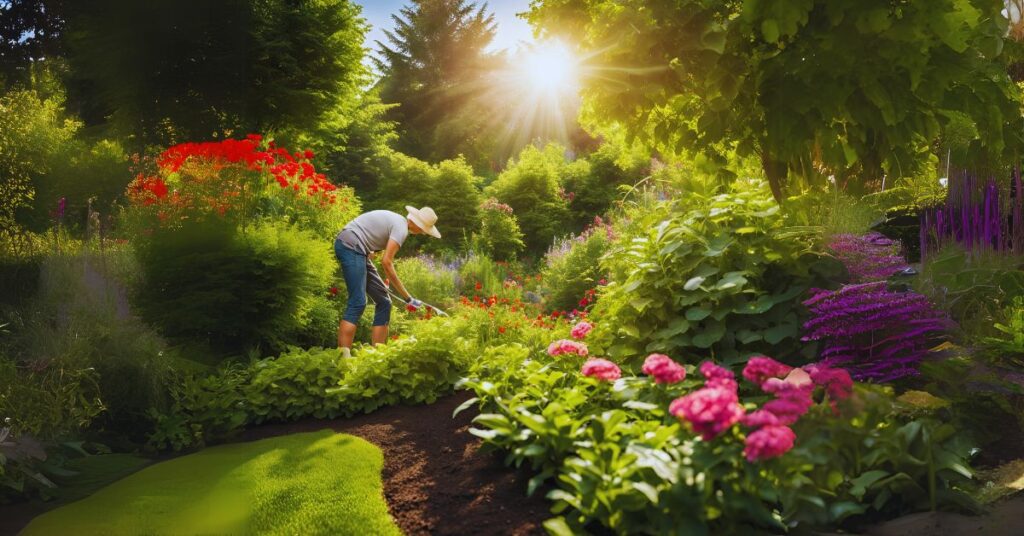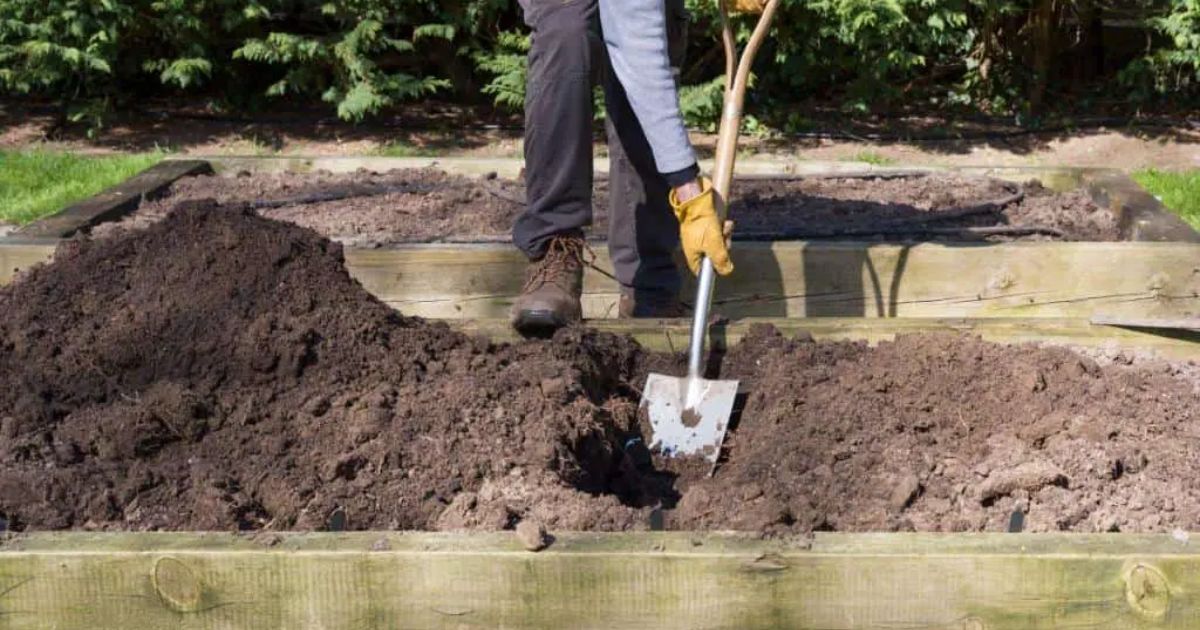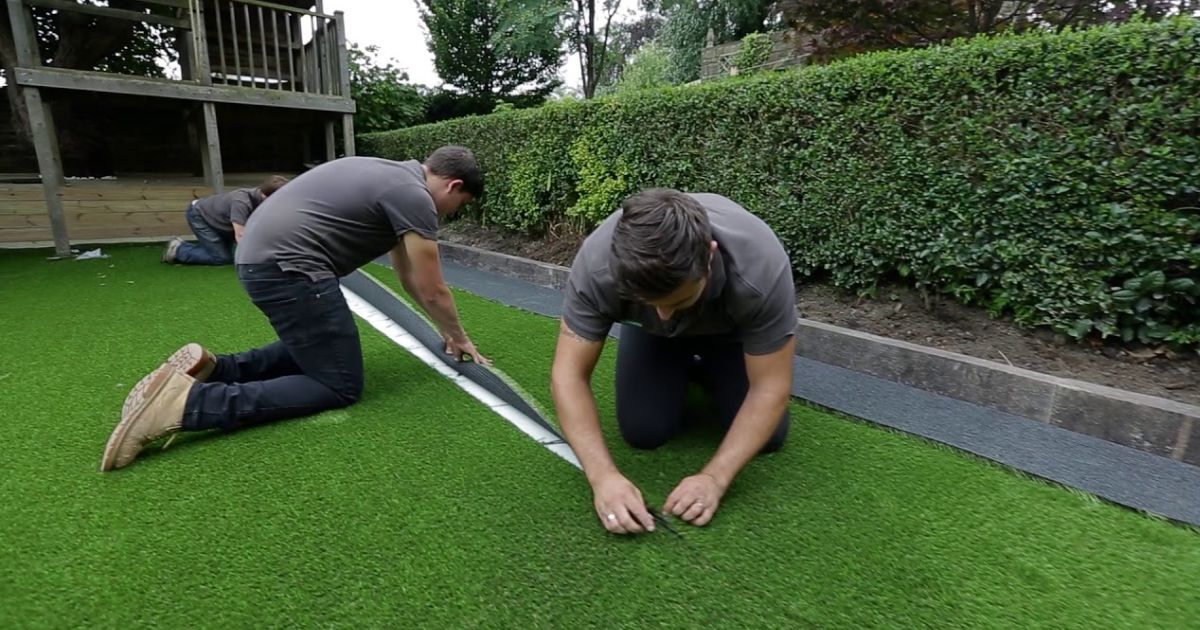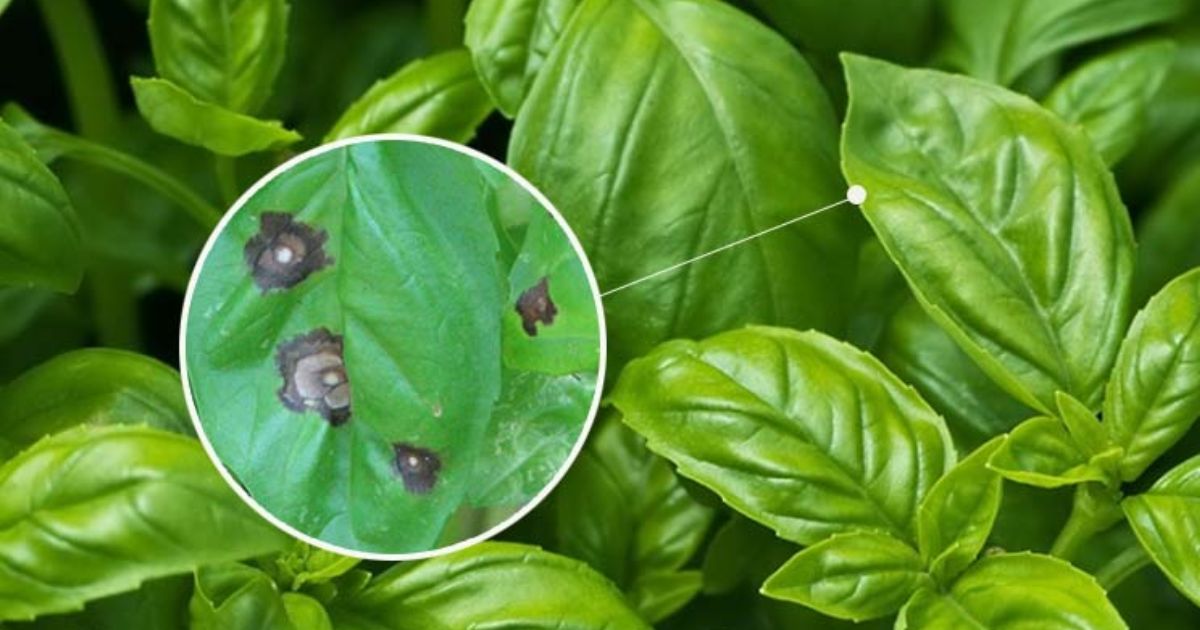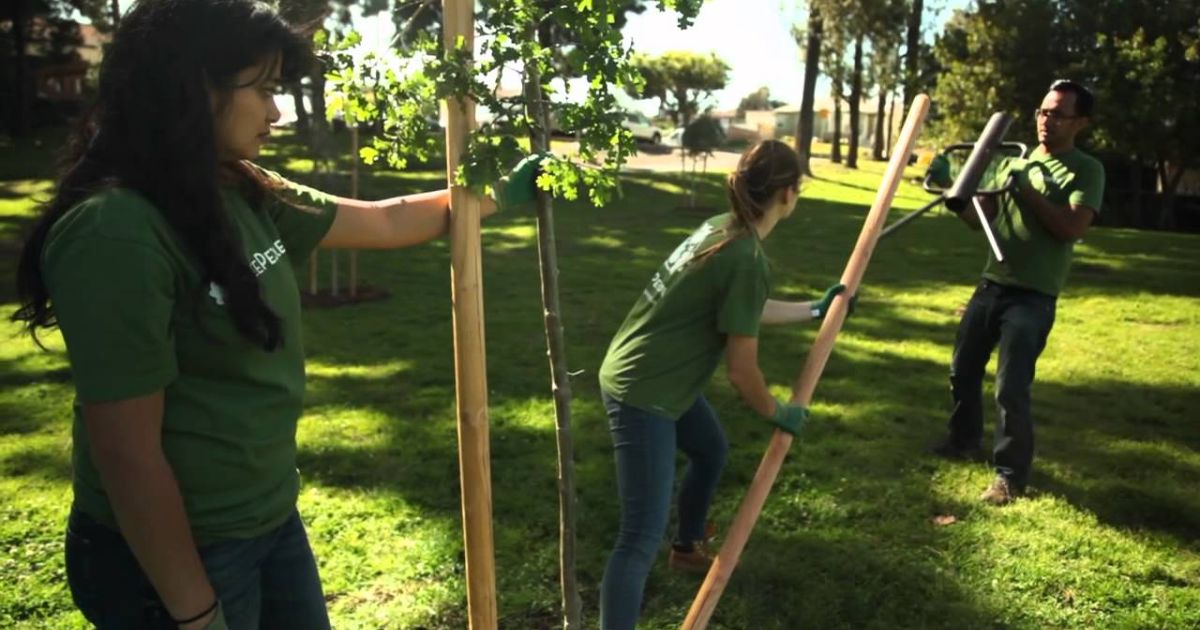Fertilize Plants Summer is the cornerstone of a thriving garden. Healthy soil gives plants the essential nutrients to grow strong and produce bountiful harvests. Understanding when and how to fertilize, especially during challenging conditions like summer, can make all the difference for your plants.
Can You Fertilize When It’s Hot?
Fertilizing in hot weather can be tricky. High temperatures can stress plants, making them less able to absorb nutrients effectively. However, with the right approach, you can ensure your plants stay healthy even during the hottest days of summer.
What Temperature Is Too Hot to Fertilize Plants?
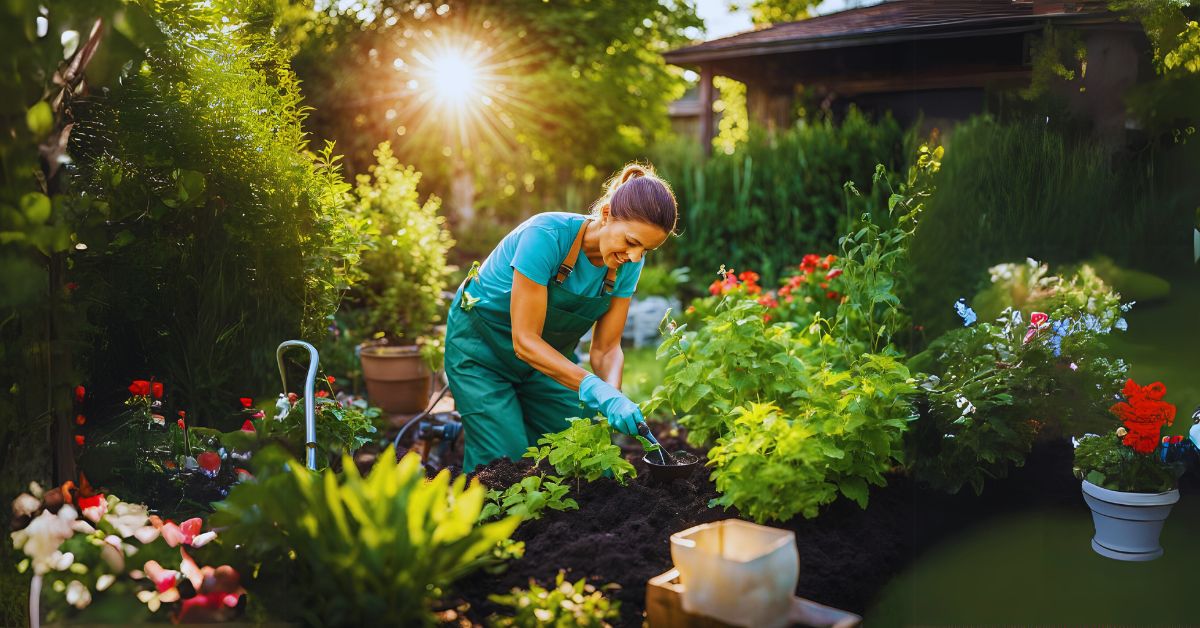
As a general rule, avoid fertilizing when the temperature exceeds 85°F. At this point, plants focus on survival rather than growth, and adding Fertilizer can do more harm than good. Instead, water your plants deeply to keep their roots cool and hydrated.
Hot Weather Fertilizer Tips
- Use Slow-Release Fertilizers: These provide nutrients gradually, preventing overfeeding.
- Fertilize in the Early Morning or Late Evening: Cooler times of day reduce the risk of burning plants.
- Water Before and After Fertilizing: This helps nutrients penetrate the soil and prevents root damage.
Is It OK to Fertilize Plants in Hot Weather?
While fertilizing in hot weather isn’t ideal, it can be done carefully. Focus on the type of Fertilizer and timing to avoid stressing your plants.
Liquid vs Granular Fertilizers
- Liquid Fertilizers: These are fast-acting and ideal for quick nutrient boosts. Use sparingly during summer to avoid overloading plants.
- Granular Fertilizers release nutrients slowly and are better suited for sustained feeding during hot weather.
When deciding between the two, consider your plants’ immediate needs and the overall condition of your soil.
Can You Fertilize in Summer?
You can fertilize plants in summer, but it requires careful planning. Summer fertilization supports plants during their peak growing season, ensuring they have the energy to thrive despite the heat.
Do My Plants Need Fertilizer During the Summer?
Some signs that your plants might need a mid-summer nutrient boost include:
- Yellowing leaves.
- Stunted growth.
- Poor flowering or fruiting.
To avoid over-fertilizing, still follow the recommended dosage on the fertilizer packaging.
Why Fertilizer for Plants is Essential?
Like humans, plants require a specific combination of nutrients to develop and remain healthy. Specifically, all plants need the macronutrients—nitrogen, phosphorous, and potassium—because they are the most important to plants. A few micronutrients are also required, but you often don’t have to worry about them in such small amounts. You will soon have severely depressed plants with weak stems, fewer flowers, smaller leaves, and poor colour if you don’t get enough of these macronutrients.
The good news is that fertilizing soil can help compensate for most nutrient deficits. Whether your plants are grown in containers or your yard will determine which fertilizers are best for them.
Fertilizing Houseplants and Container Gardens
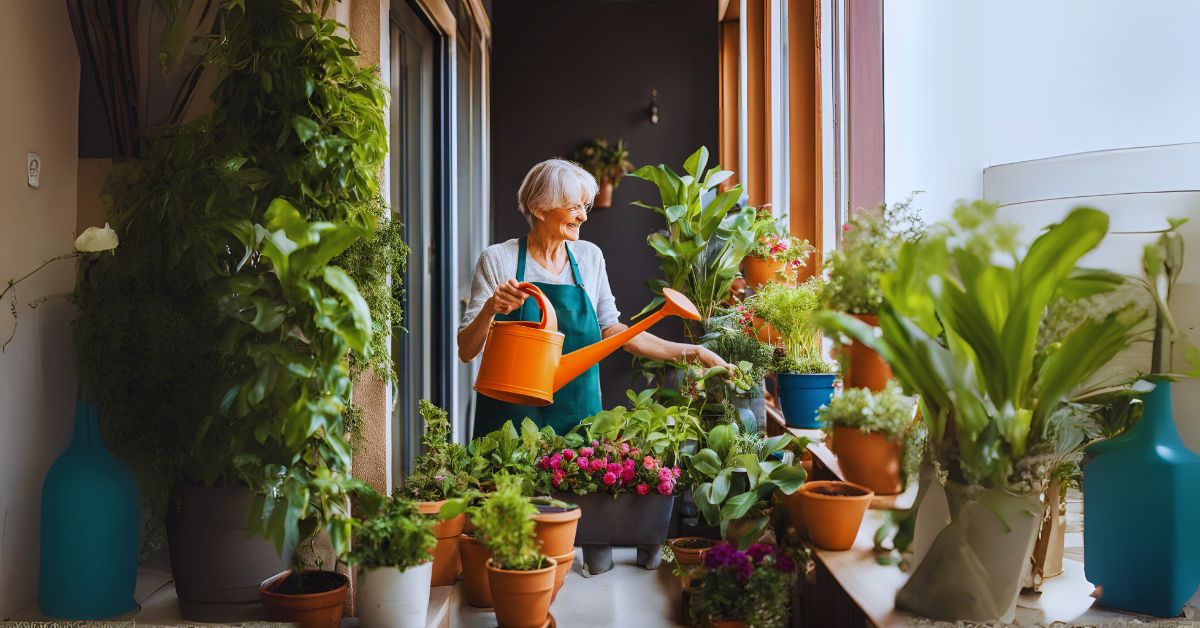
Due to their confinement to the soil in their pots, houseplants and other container plants require Fertilizer. Without it, your plant’s roots won’t be able to reach for extra nutrients. For this reason, professionals advise beginning with high-quality potting soil, which frequently contains slow-release Fertilizer to aid with early growth. Adding more or repot the plant with a new mix is crucial after that runs out.
It’s always preferable to underfertilize rather than overfertilize your potted plants if you’re unsure how much to use. The plant’s roots may find it more difficult to absorb water if too much Fertilizer is applied. Too much Fertilizer might also make leaves yellow or brown, which is the reverse of what you want.
A helpful tip is to dilute liquid Fertilizer to around half the strength recommended on the package if you’re using it for plants that should be mixed with water first. Your plants will receive enough of what they require in this manner, but you’ll lower the chance of overfertilizing (keep in mind that a little goes a long way).
Want the Secret to Strong and Healthy Plants?
The secret lies in understanding your soil and your plant’s specific needs. Soil testing can help determine nutrient deficiencies and guide you to the correct type of Fertilizer.
How to Cheat Winter So You Can Grow Vegetables Without a Greenhouse?
Soil fertility is crucial even in colder months. Cover crops and organic mulches can enrich the soil, prepping it for the next growing season. With proper care, you can grow vegetables year-round without needing a greenhouse.
How to Choose the Right Row Cover for Your Garden?
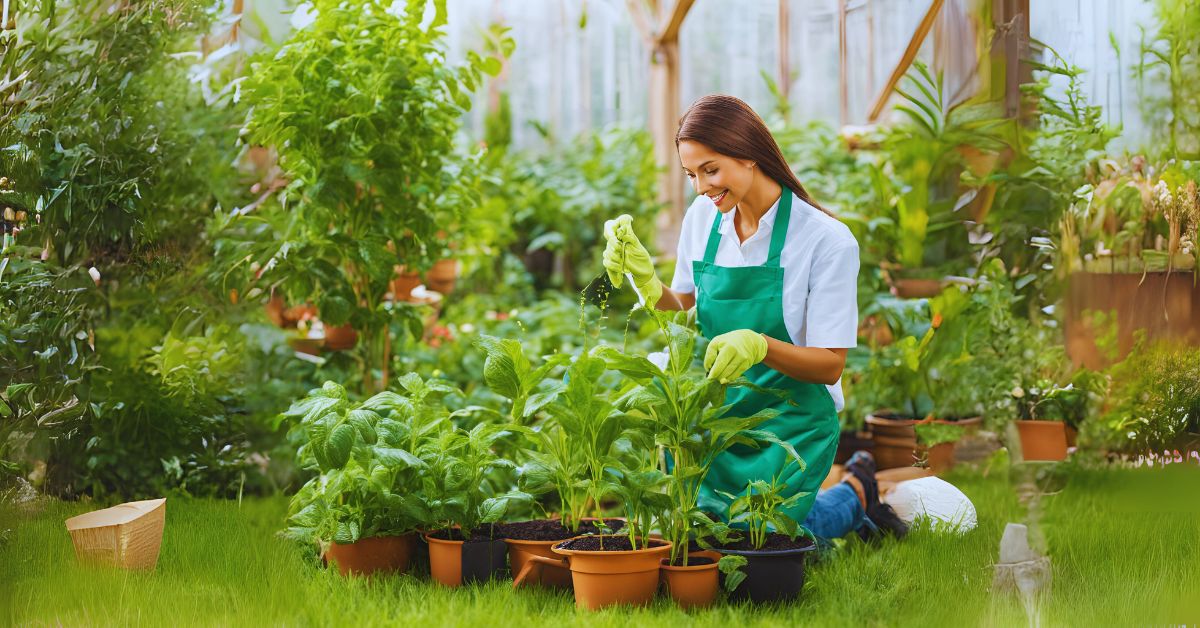
Row covers protect plants from pests, frost, and excessive heat. During summer, lightweight covers provide shade while allowing airflow, helping to maintain soil fertility and plant health. Pairing row covers with fertilizing in hot weather can yield excellent results.
Final Thoughts
Fertilizing plants in summer can be challenging, but you can keep your garden thriving with the proper techniques and tools. By understanding your plants’ needs and the conditions of your soil, you’ll ensure vigorous, healthy growth all season long.
Frequently Asked Questions
Are Fertilizers and Plant foods the same?
Informally, Fertilizer is referred to as “food.” Both are products that provide plants with nutrients to aid in their growth. Both natural and synthetic fertilizers are possible.
Where is the best place to buy Fertilizer?
Fertilizer is available at plant nurseries and home and garden stores. You can order it online and deliver it if you need to buy it in quantity.
Is Fertilizer so bad?
Most fertilizers have a long shelf life if kept in a cool, dry place. Look for an expiration date on the label or contact the manufacturer to determine the age of your fertilizer project.
Is there a different process for fertilizing vegetable plants?
All-purpose Fertilizer is suitable for use all year round. Utilizing fertilizers with high levels of phosphorus and potassium later in the season, when plants start to flower and set fruit, is an alternative to using high-nitrogen fertilizers early in the season to promote leaf development.

